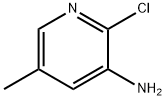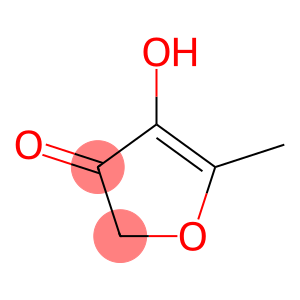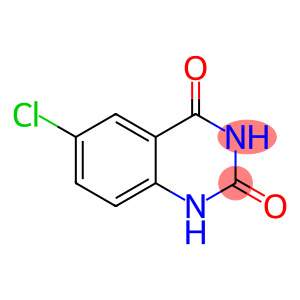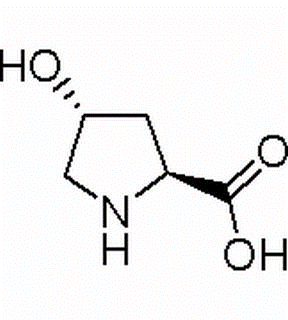3-AMINO-2-CHLORO-5-PICOLINE(CAS# 34552-13-1)
| Risk Codes | R36/37/38 – Irritating to eyes, respiratory system and skin. R20/21/22 – Harmful by inhalation, in contact with skin and if swallowed. R41 – Risk of serious damage to eyes R37/38 – Irritating to respiratory system and skin. R22 – Harmful if swallowed |
| Safety Description | S36/37/39 – Wear suitable protective clothing, gloves and eye/face protection. S26 – In case of contact with eyes, rinse immediately with plenty of water and seek medical advice. |
| WGK Germany | 3 |
| HS Code | 29339900 |
| Hazard Class | IRRITANT |
Introduction
5-Amino-6-chloro-3-picoline(5-Amino-6-chloro-3-picoline) is an organic compound whose chemical structure contains an amino group, a chlorine atom, and a methyl group.
The following is a detailed description of the properties, uses, preparation and safety information of 5-Amino-6-chloro-3-picoline:
Nature:
-Appearance: 5-Amino-6-chloro-3-picoline is a white to pale yellow crystalline powder.
-Melting point: Its melting point is about 95°C-96°C.
-Solubility: 5-Amino-6-chloro-3-picoline is soluble in water and in certain organic solvents such as alcohols, ethers and ketones.
Use:
-Chemical synthesis: It can be used as an intermediate in organic synthesis and used in the synthesis of other organic compounds.
-Analytical chemistry: 5-Amino-6-cholo-3-picoline can be used as a coordination reagent for coordination chemical reactions and complex analysis.
Preparation Method:
The preparation of 5-Amino-6-chloro-3-picoline can be obtained by condensation reaction of pyridine with 2-chloroacetic acid or chloroacetic acid, and reduction under the catalysis of sodium hydroxide.
Safety Information:
5-Amino-6-chloro-3-picoline has limited specific toxicity and hazard data, so the following safety precautions should be paid attention to when using:
-Prevent inhalation: Avoid inhaling particles or powder during operation.
-Avoid contact: Avoid direct contact with skin and eyes.
-Storage: It should be stored in a sealed container, away from fire and oxidizing agents.
-Disposal of Waste: Waste should be disposed of in accordance with local chemical waste disposal regulations.
Please note that the above information is for reference only, specific operation and use should follow the laboratory safety procedures and in accordance with relevant regulations. If you have further questions or need more detailed information, please consult a professional chemist.





![5-BROMO-3-METHYL-1H-PYRAZOLO[3,4-B]PYRIDINE(CAS#885223-65-4)](https://www.xinchem.com/uploads/5-BROMO-3-METHYL-1H-PYRAZOLO34-BPYRIDINE.gif)


